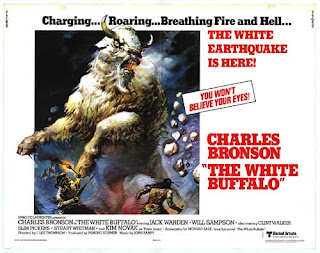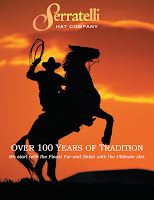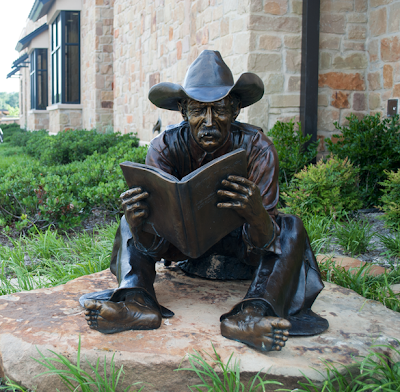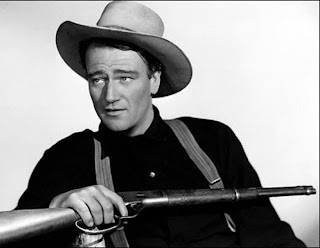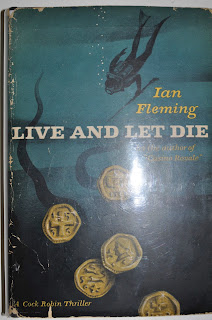 |
| Edison's Black Maria, West Orange New Jersey |
Edison’s first movie studio was in West Orange, New Jersey.
It was nicknamed the Black Maria after the stuffy paddy wagons of the day. According
to Wikipedia, “The first films shot at the Black Maria, a tar-paper-covered,
dark studio room with a retractable roof, included segments of magic shows,
plays, vaudeville performances (with dancers and strongmen), acts from Buffalo
Bill's Wild West Show, various boxing matches and cockfights, and scantily-clad
women.” Let’s see. Edison started the film industry with Westerns, comedy,
violence, and soft-porn. Seems that when the movie industry migrated to Hollywood, the
moguls in charge adopted the same themes.
This very first studio shows the movie industry's
predilection to innovate. Notice that the roof can be lifted to catch the light
and the entire building is on a rail to rotate with the sun.
 |
| Edison Motion Picture Studio |
What was not filmed at Black Maria was The Great Train Robbery mentioned in my last post. The first
feature film was actually shot at the Edison Motion Picture Studio in the Bronx, New York
City. My error. At the Black Maria, Edison did film acts from Buffalo Bill's Wild West Show, so
I’ll still award New Jersey honorary Western status.
Speaking of Hollywood, according to the Encyclopaedia
Britannica, the movie industry did not leave New York because of the weather.
“Motion Picture Patents Company, also called Movie Trust,
Edison Trust, or The Trust, a trust of 10 film producers and distributors who
attempted to gain complete control of the motion-picture industry in the United
States from 1908 to 1912. The company, which was sometimes called the Movie
Trust, possessed most of the available motion-picture patents, especially those
of Thomas A. Edison, for camera and projection equipment. It entered into a
contract with Eastman Kodak Company, the largest manufacturer of raw film
stock, to restrict the supply of film to licensed members of the company.
The company was notorious for enforcing its restrictions by
refusing equipment to uncooperative filmmakers and theatre owners and for its
attempts to terrorize independent film producers. It limited the length of
films to one and two reels (10 to 20 minutes) because movie audiences were
believed incapable of enjoying more protracted entertainment. The company also
forbade the identification of actors because popular entertainers might demand
higher salaries. By 1912, however, the success of European and independent
producers and the violent opposition of filmmakers outside the company weakened
the Movie Trust, which, in 1917, was dissolved by court order. The Movie Trust,
which was based in New York and other cities of the East Coast, was indirectly
responsible for the establishment of Hollywood, Calif., as the nation’s film
capital, since many independent filmmakers migrated to the latter town to
escape the Trust’s restrictive influence in the East.”


